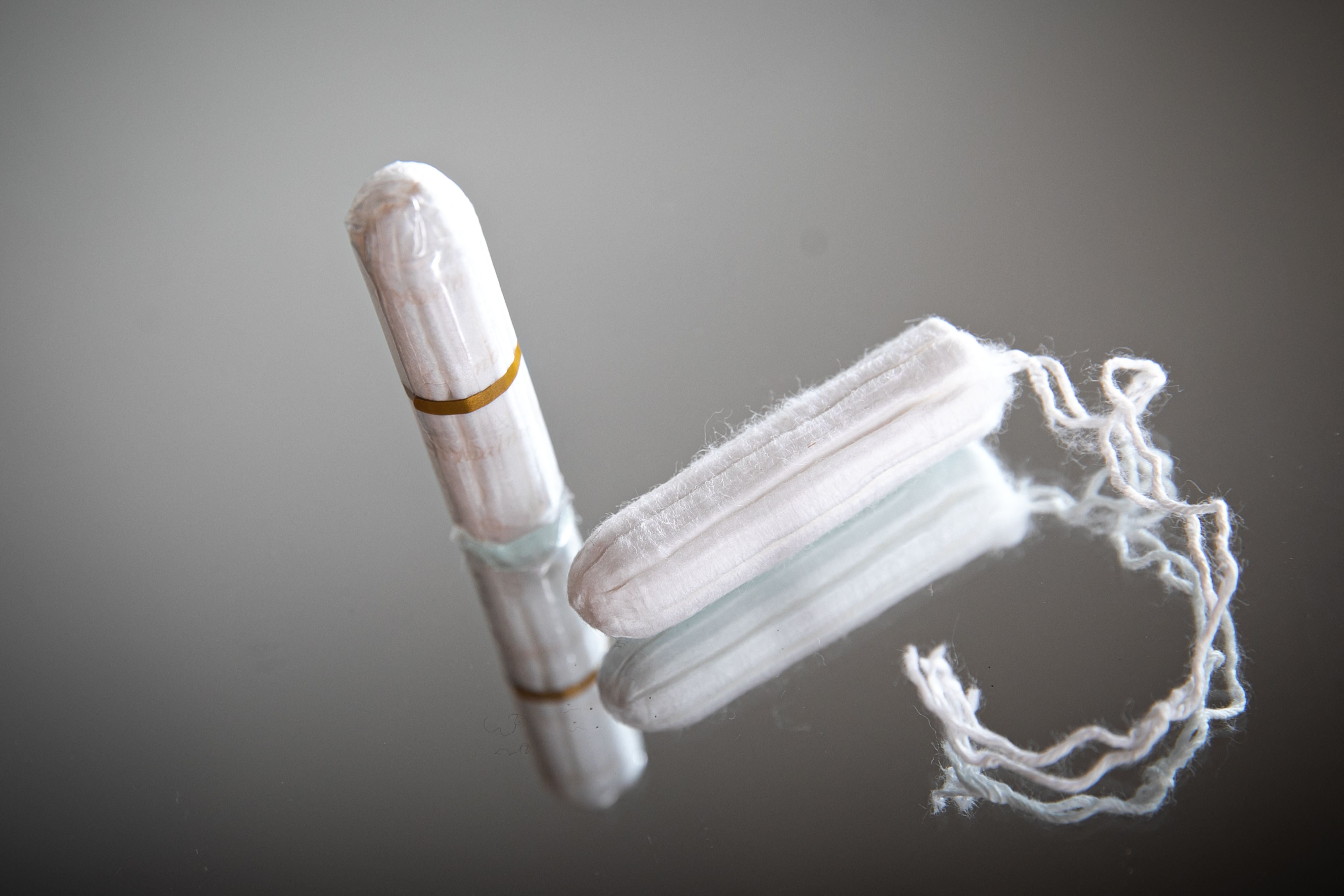Study finds toxic ‘forever chemicals’ may be ‘intentionally added’ to some period products
‘Feminine products are essential, but need for a fluorinated wrapper, or fluorinated layer, doesn’t seem to be’

Your support helps us to tell the story
From reproductive rights to climate change to Big Tech, The Independent is on the ground when the story is developing. Whether it's investigating the financials of Elon Musk's pro-Trump PAC or producing our latest documentary, 'The A Word', which shines a light on the American women fighting for reproductive rights, we know how important it is to parse out the facts from the messaging.
At such a critical moment in US history, we need reporters on the ground. Your donation allows us to keep sending journalists to speak to both sides of the story.
The Independent is trusted by Americans across the entire political spectrum. And unlike many other quality news outlets, we choose not to lock Americans out of our reporting and analysis with paywalls. We believe quality journalism should be available to everyone, paid for by those who can afford it.
Your support makes all the difference.A number of period products such as pads, tampons and menstrual cups contain potentially toxic “forever chemicals” which might be intentionally added to them in some cases, according to a new study.
Researchers, including Graham Peaslee from the University of Notre Dame in the US, said while these products are designed to make people feel comfortable during a menstrual bleed, their labels do not usually list the ingredients.
In the new yet-to-be peer-reviewed study, scientists assessed over 100 period products for fluorinated compounds – an indicator of potentially harmful per- and polyfluoroalkyl substances, or PFAS.
These are commonly found in products with non-stick and stain-resistant qualities, such as rain gear, non-stick cookware, stain repellents, and firefighting foam, and are also known as “forever chemicals” due to the length of time they take to break down in the environment.
Studies have also previously linked PFAS to an increased risk of negative health outcomes, such as immune suppression and some cancer with the chemicals persistently accumulating in the body.
The new research found that while PFAS are absent from many period products, they might be accidentally or intentionally added to others.
Some governments in different parts of the world have either announced, or are contemplating, a ban or regulatory limits on the use of PFAS in textile products.
While it remains unknown how much PFAS could pass from different materials through the skin, scientists have detected these compounds in firefighting gear, school uniforms and period underwear.
PFAS chemicals have also been found in additional period products, such as tampons and pads.
The new study looked for signatures of these chemicals in the different layers of a number of period products, such as single-use tampons, pads and menstrual cups, including in their packaging.
“We determined if these products had organic fluorine as a surrogate for PFAS,” Alyssa Wicks from the University of Notre Dame said.
A total of 123 period products in the US was analysed, 30 of which were different underwear.
The findings suggest some period products potentially include PFAS, but not all of them.
“In general, tampons didn’t seem to contain fluorine. Same with menstrual cups and the layers of pads that come in contact with a person’s skin,” said Ms Wicks, a graduate student in Dr Peaslee’s lab.
But what came as a surprise to scientists was the presence of total fluorine in the wrappers for numerous pads, some tampons and the outer layers of some of the period underwear.
In some of these products, scientists measured the highest amounts of these compounds at 1,000 to several thousand parts per million total fluorine.
Due to such high concentrations, researchers theorise that PFAS might be intentionally used in some of these products to keep moisture out of the wrappers so the items inside remain dry.
They said the rationale behind adding these compounds to the outer layer of the period underwear may be to keep blood from escaping the inner layers and stop it from spreading onto a person’s clothing.
In further studies, scientists hope to analyse the samples that contained measurable amounts of fluorine specifically for 40 individual PFAS compounds.
“Feminine products are essential, but the need for a fluorinated wrapper, or the need for a fluorinated layer, doesn’t seem to be, because plenty of them are made without relying on these compounds,” Dr Peaslee concluded.
The findings of the new research are scheduled to be presented on 13 August at the fall meeting of the American Chemical Society.



Join our commenting forum
Join thought-provoking conversations, follow other Independent readers and see their replies
Comments